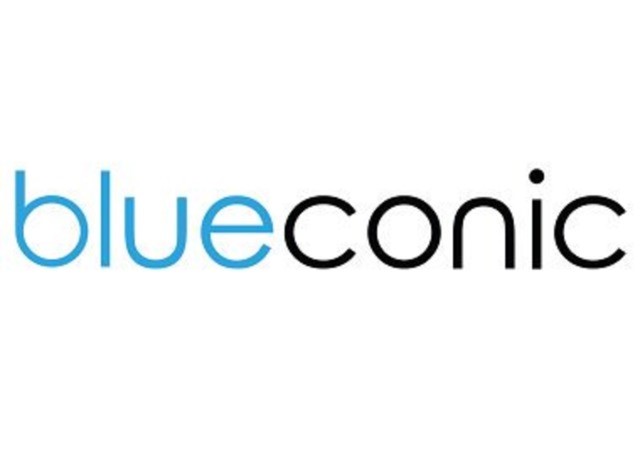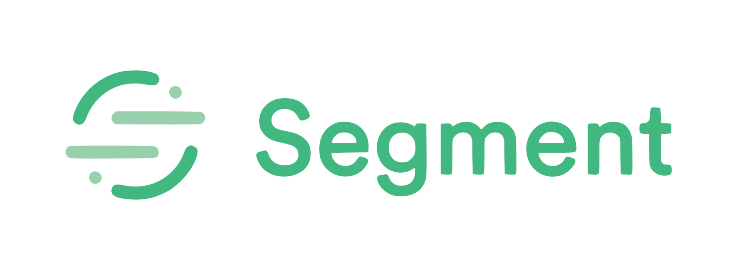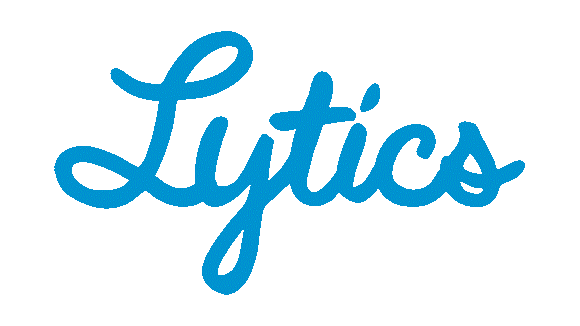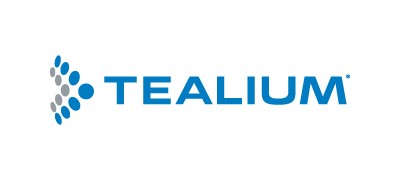What's a Customer Data Platform (CDP)?
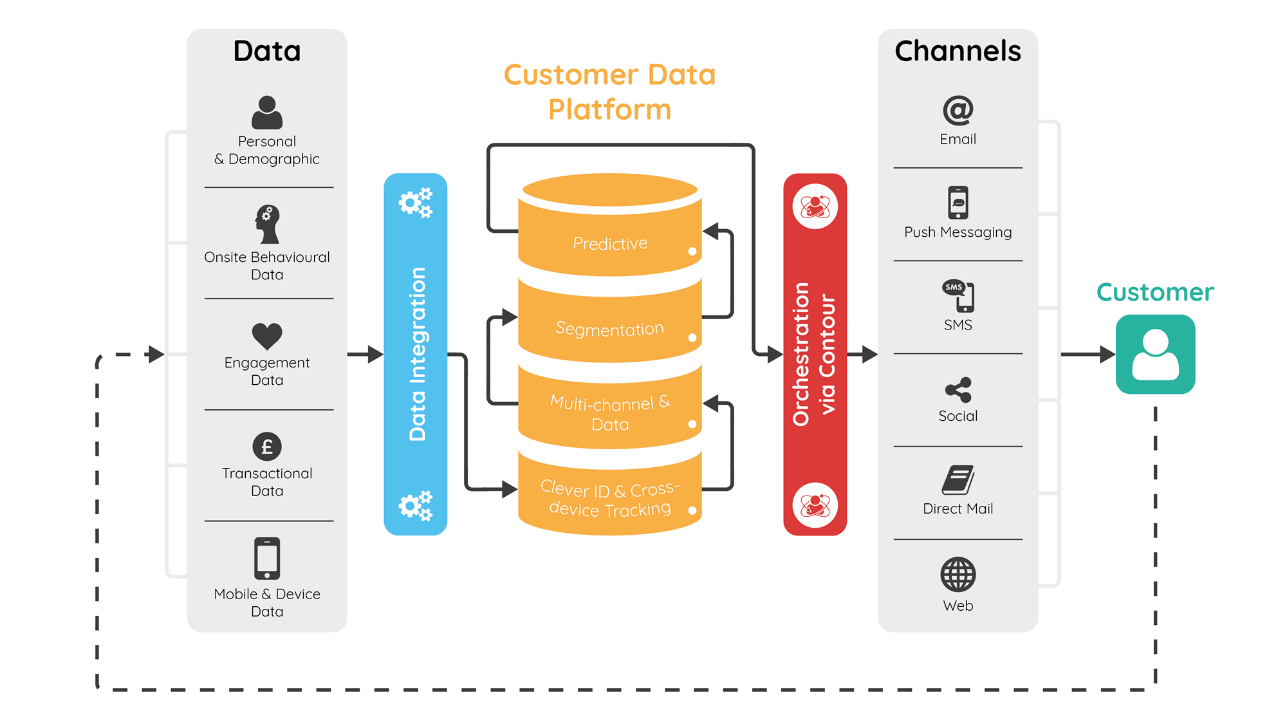
Customer Data Platform functionalities include integrating on- and offline data, unification and segmentation and finally channel orchestration
Why do you need a Customer Data Platform?
As customers interact with a company offline and online and via multiple devices. As a result, it can be challenging to get a complete picture of your customers and prospects. A Customer Data Platform gives you a 360-degree view of your customers that is necessary for knowing your customer and delivering personalized services customers expect and demand.
The role of a CDP is to be at the center of your existing marketing tools. It is there to facilitate the synchronization of customer data such that other tools, at any given customer touch point or interaction, can leverage the same customer profile (in real-time and fully up-to-date). A marketeer can thus reach and engage with the fullest extent of insight possible about each individual.
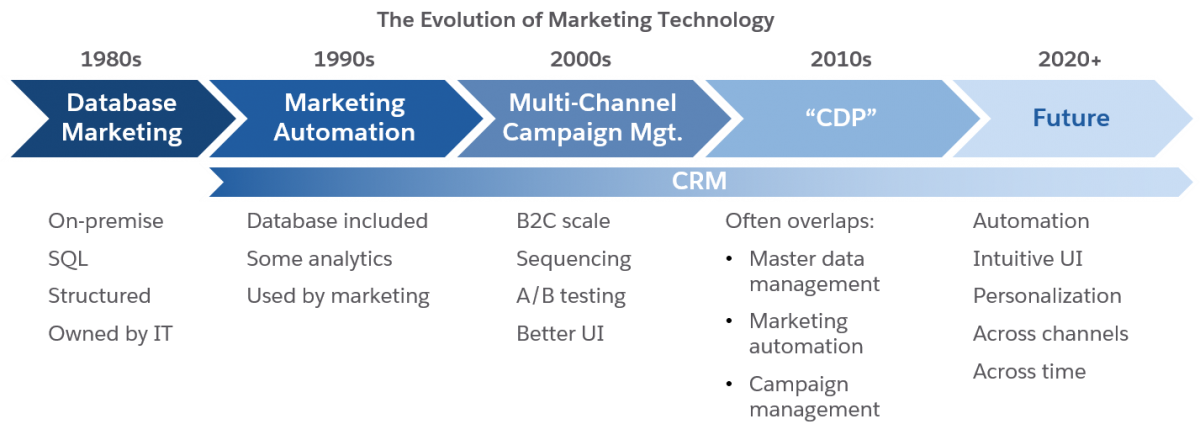
Figure: Evolution of Marketing Technologies - Source: Salesforce
What functionalities does a CDP have?
- Data Collection: i.e., A CDP loads in data from multiple customer data sources (websites, server data, CRM, email, etc.) in real-time.
- Unification: i.e. a CDP consolidates and unifies customer profiles of a single person to get a 360-degree view.
- Segmentation: i.e. a CDP gives marketeers the ability to segment customers into custom audiences.
- Campaign orchestration: i.e. the ability to trigger and orchestrate a campaign orchestration across various marketing execution tools. Example: The ability to first send an email, then 7 days later target all non-openers of that email with a banner on Facebook and a pop-up on the website.
- Data & Analytics integration: i.e. the ability to forward events from your CDP platform to your Data & Analytics platform likely running on a Cloud such as Microsoft Azure, Google Cloud or AWS. Example: Can we forward pageview events in real-time to our Data Platform such that we can for trigger in close-to-real-time the Churn Scoring of this customer?
- Master data Management: i.e. the ability to define and set rules such that different customer records can be merged into 1 golden record. Example: Which address to take if multiple addresses are available in various source systems.
